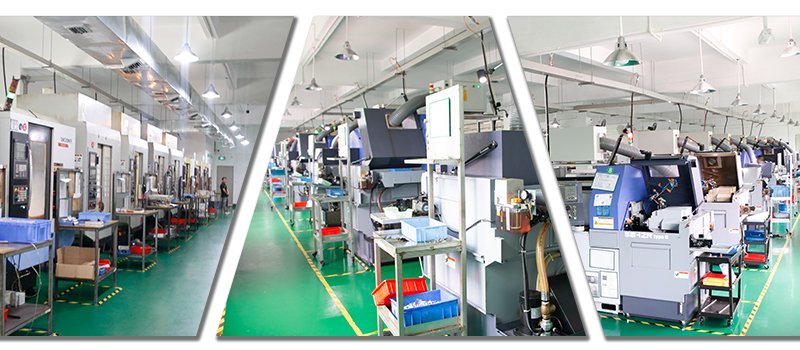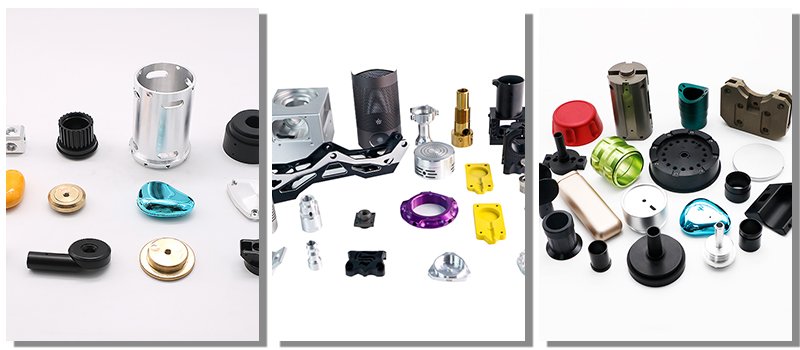CNC turning is a cornerstone of modern manufacturing, offering precision, efficiency, and scalability across industries worldwide. From aerospace to medical devices, CNC turning enables the production of complex components with tight tolerances. But with a vast array of materials available—from metals to plastics—the question arises: Which materials are best suited for CNC turning operations? This guide dives deep into material characteristics, machining behavior, and global practices to help you make informed decisions.
Executive Summary
Selecting the right material for CNC turning directly impacts machining efficiency, surface quality, tool wear, and overall production cost. Metals such as aluminum, steel, and titanium are widely used due to their favorable machining properties and mechanical strength. Plastics like PEEK and Delrin offer advantages in weight-sensitive and chemical-resistant applications.
Understanding the machining characteristics of each material—such as hardness, tensile strength, and thermal conductivity—can optimize tool selection and parameter settings. Material choice also affects chip formation, dimensional stability, and post-processing needs.
This guide provides a comprehensive overview of how different materials respond to CNC turning processes, highlighting key considerations for balancing performance and cost across global manufacturing landscapes.
Transition
The performance of CNC turning operations is closely linked to the physical and mechanical properties of the chosen material. Characteristics like hardness, ductility, and thermal expansion influence cutting behavior, tool life, and surface finish. In the sections below, we’ll explore how these properties affect CNC turning performance and how to select the optimal material for your specific application.
CNC Turning Material Overview
CNC turning supports a wide range of materials, each with unique benefits and limitations. Common categories include:
-
Metals:
-
Aluminum: Lightweight, excellent machinability, ideal for prototyping and aerospace.
-
Steel: High strength and durability, suitable for structural components.
-
Titanium: Corrosion-resistant, used in aerospace and medical industries.
-
Brass: Good thermal conductivity, low friction, used in fittings and valves.
-
-
Plastics:
-
Delrin (POM): High stiffness, dimensional stability, and low friction.
-
PEEK: Chemically resistant and heat-tolerant, used in medical and electrical applications.
-
Material selection should consider not only performance requirements but also availability, cost, and environmental impact. Each type responds differently to CNC turning operations in terms of chip control, surface finish, and tool wear.
Material Properties and CNC Turning Performance
Material characteristics significantly influence CNC turning operations:
| Material | Hardness (HB) | Thermal Conductivity (W/m·K) | Tensile Strength (MPa) | Machinability Rating (%) |
|---|---|---|---|---|
| Aluminum 6061 | 95 | 167 | 310 | 90 |
| Mild Steel | 120 | 54 | 450 | 65 |
| Stainless 304 | 190 | 16 | 520 | 50 |
| Brass | 100 | 110 | 330 | 85 |
| Delrin | 120 | 0.31 | 70 | 80 |
| PEEK | 120 | 0.25 | 90 | 60 |
-
Hardness affects tool wear rate—harder materials require slower cutting speeds.
-
Thermal conductivity influences heat dissipation; low-conductivity materials may require coolant.
-
Tensile strength impacts cutting forces and tool rigidity requirements.
-
Machinability rating provides a general benchmark for tool life and cycle time.
Understanding these properties helps in fine-tuning turning parameters and reducing machining challenges such as chatter, built-up edge, or tool breakage.
Machining Parameters: Cutting Speed and Feed Rate
Proper tuning of cutting parameters is essential for efficient CNC turning. Below is a reference table with recommended cutting speeds and feed rates for various materials:
| Material | Cutting Speed (m/min) | Feed Rate (mm/rev) |
|---|---|---|
| Aluminum | 250–600 | 0.1–0.4 |
| Mild Steel | 150–250 | 0.1–0.3 |
| Stainless 304 | 60–120 | 0.05–0.2 |
| Brass | 200–400 | 0.1–0.3 |
| Delrin | 300–700 | 0.2–0.5 |
| PEEK | 100–250 | 0.1–0.3 |
Adjustments may be needed based on tool geometry, coating, coolant use, and machine rigidity. Always validate settings with test runs and manufacturer recommendations.
Cost Efficiency Analysis: Materials and Machining Cost
Material choice affects not only part performance but also overall cost:
-
Material Cost: Exotic materials like titanium and PEEK are significantly more expensive than common metals or plastics.
-
Machining Cost: Harder materials often increase tool wear and reduce spindle speed, increasing cycle times.
-
Scrap and Recycling: Materials like aluminum and brass have high recycling value, improving sustainability and reducing waste costs.
Combining these factors, aluminum and mild steel typically offer the best cost-performance balance for general applications. PEEK and titanium are reserved for high-end or specialized use cases.
Global Case Studies: Successes and Challenges
-
Germany: Automotive sector uses high-speed CNC turning of aluminum to meet lightweighting goals.
-
Japan: Precision turning of stainless steel for medical devices showcases tight-tolerance repeatability.
-
India: Cost-efficient CNC turning of mild steel for heavy machinery manufacturing.
-
USA: Aerospace firms leverage titanium turning for turbine components, balancing cost with performance.
-
China: Mass production of brass plumbing fittings optimized through CNC turning automation.
Each region balances material availability, labor cost, and industry demands differently, offering unique insights into best practices.
Cross-Cultural Collaboration and Materials Databases
Building multilingual materials databases and fostering international partnerships can streamline global CNC operations. Benefits include:
-
Consistent Data Access: Unified reference values for properties and cutting parameters.
-
Knowledge Sharing: Lessons learned across regions reduce trial-and-error.
-
Supply Chain Coordination: Better material sourcing and logistics planning.
Open databases and shared standards help harmonize machining processes across borders, especially in globalized supply chains.
Online Communities and User Feedback
Digital forums and CNC machining communities play a crucial role in:
-
Sharing real-world experiences on material behavior.
-
Recommending optimal tooling and parameter adjustments.
-
Troubleshooting problems with uncommon materials.
-
Staying updated on emerging technologies and coatings.
User-driven platforms encourage collaborative learning, while feedback mechanisms improve vendor support and software updates.
Frequently Asked Questions
1. How do I choose the best CNC turning material for my product?
Start by assessing your product’s requirements—strength, weight, corrosion resistance, and thermal behavior. Match those needs with materials that offer favorable machinability and cost. Consider prototyping with easier-to-machine alternatives before committing to high-cost options.
2. How do different materials affect CNC turning performance?
Harder materials may reduce tool life and increase cycle time. Softer metals like aluminum allow higher cutting speeds. Plastics may require specialized tooling to avoid melting or surface defects. Each material reacts uniquely in terms of heat buildup, chip control, and tolerance holding.
3. How can I optimize cost efficiency in CNC turning?
Analyze total cost, not just material price. Factor in tool wear, machining time, scrap rates, and recycling value. Use performance-based benchmarking to evaluate if higher-cost materials yield a better return through reduced rework or superior product life.


